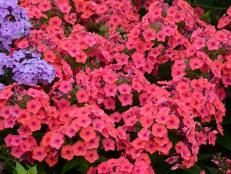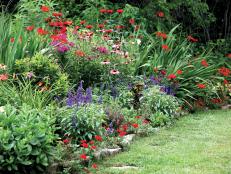Fall-Planted Perennials for Easy Spring Color
Get a head start on spring by planting in the fall.
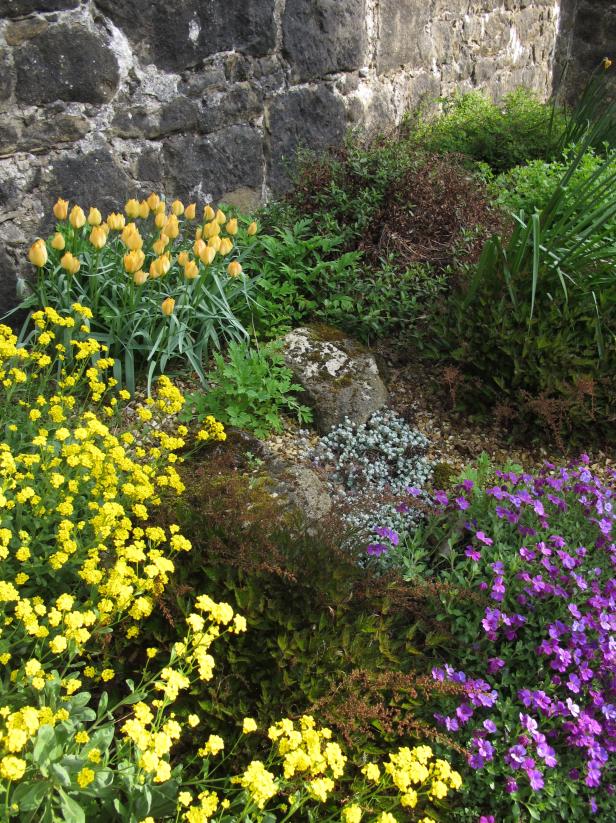
Image courtesy of Felder Rushing

Come autumn, many of us gardeners are tired and worn out, and welcome winter’s respite from watering and weeding. But experience nags us to plan ahead for something to welcome the coming spring with perky flowers that save us from the winter blues sure to come.
It’s easy enough to push a few early-blooming bulbs into the ground or in pots on the patio. Nothing soothes cabin fever like crocus and snowdrops peeping through the snow, a cheery potful of tulips, a tucked-in clump of Scilla, or a drift of muscari and daffodils. Even a vase of fragrant paperwhites forced in gravel and water on the kitchen counter can get our juices going again.
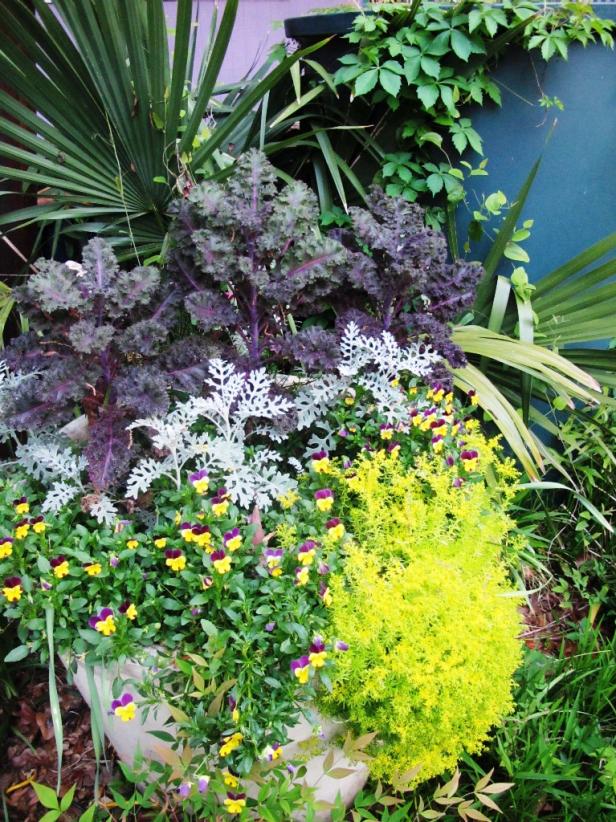
Image provided by Felder Rushing
And of course there are some great cold-weather annuals, from faithful pansies, violas and wall flowers, to the intensely colorful foliage and spring flower spikes of kale. In a pinch, these can be reliable in themselves, or used to fill gaps between newly planted perennials which may not be as full the first season.
But to get the most bang for your efforts, choose and plant hardy, long-lived spring-blooming perennials to get a head start and something to look forward to for years without the annual fuss of replanting.
Perennials That Bloom Early
Getting past the aforementioned spring bulbs, there is a nice selection of herbaceous perennials that will flower very early, tolerating late frosts and even a little snow on the ground.

Image provided by Felder Rushing
First to come to mind are hellebores, which often flower in mid-winter. Pasque flower (Pulsatilla vulgaris) usually pushes up blossoms even before its lacy, gray-green foliage emerges! Primulas, trillium, anemone, lily-of-the-valley, violets, dianthus and creeping phlox (Phlox subulata, a cascading groundcover) follow soon afterwards.

Image provided by Felder Rushing
Then there are astilbes, early iris, spiderwort (Tradescantia – especially ‘Sweet Kate’ with its golden yellow foliage), native woodland phlox (Phlox divaricata), bleeding heart (Dicentra), columbine, stonecrop sedums, coreopsis, lungwort (Pulmonaria), and the knee-high, willowy native blue star (Amsonia). Some peonies, including 'Festiva Maxima', 'Sarah Bernhardt', and 'Kansas', have very short chilling requirements and bloom very early as well.
Early-flowering shrubs such as azalea, witch hazel, flowering quince, forsythia, double flowering almond, viburnum, and spicebush, and small trellises with clematis, trumpet honeysuckle, wisteria, or cross vine can certainly give instant structure, background and dependably punched-up blossoms to any new flower garden.
Getting There
There are a couple of tricks to get new fall-planted perennials to flower well the first season. First off, do an excellent pre-planting job of soil preparation, without overdoing it. Roots of most perennials grow fast and deep in soils which have been dug at least a shovel’s depth, and with a fair amount of compost or other organic matter blended in. Usually, a three- or four-inch layer of compost will be about right when mixed really well into the native dirt.
Second, get fairly large potted plants or divisions which are already mature enough to flower. They cost more than smaller plants, but will more likely give you the instant satisfaction so many of us crave.
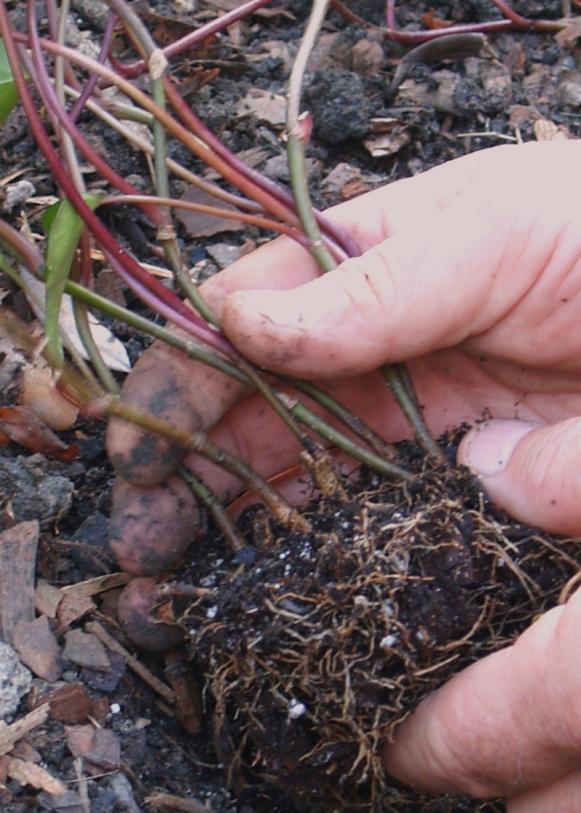
Image provided by Felder Rushing
It is very important—crucial, I would say—to water the plants ahead of time and, when planting, loosen their roots and potting soil so they will spread out and get better established in your garden soil.
Then cover the planting area with a good natural mulch of bark or straw, which keeps soil moist and helps protect roots of new plants from freezing the first winter. Water deeply to settle soil around roots, then soak only as needed, especially if the soil freezes and the tops of plants are being dried out by winter sun and wind. Just don’t keep plants too wet.
And again, use a spring flowering shrub or vine, and a few cold-tolerant annuals, to bolster your new garden its first spring. This combination approach will ensure that your garden will be ready to deal a one-two punch to foil Old Man Winter’s plans for keeping us down.








